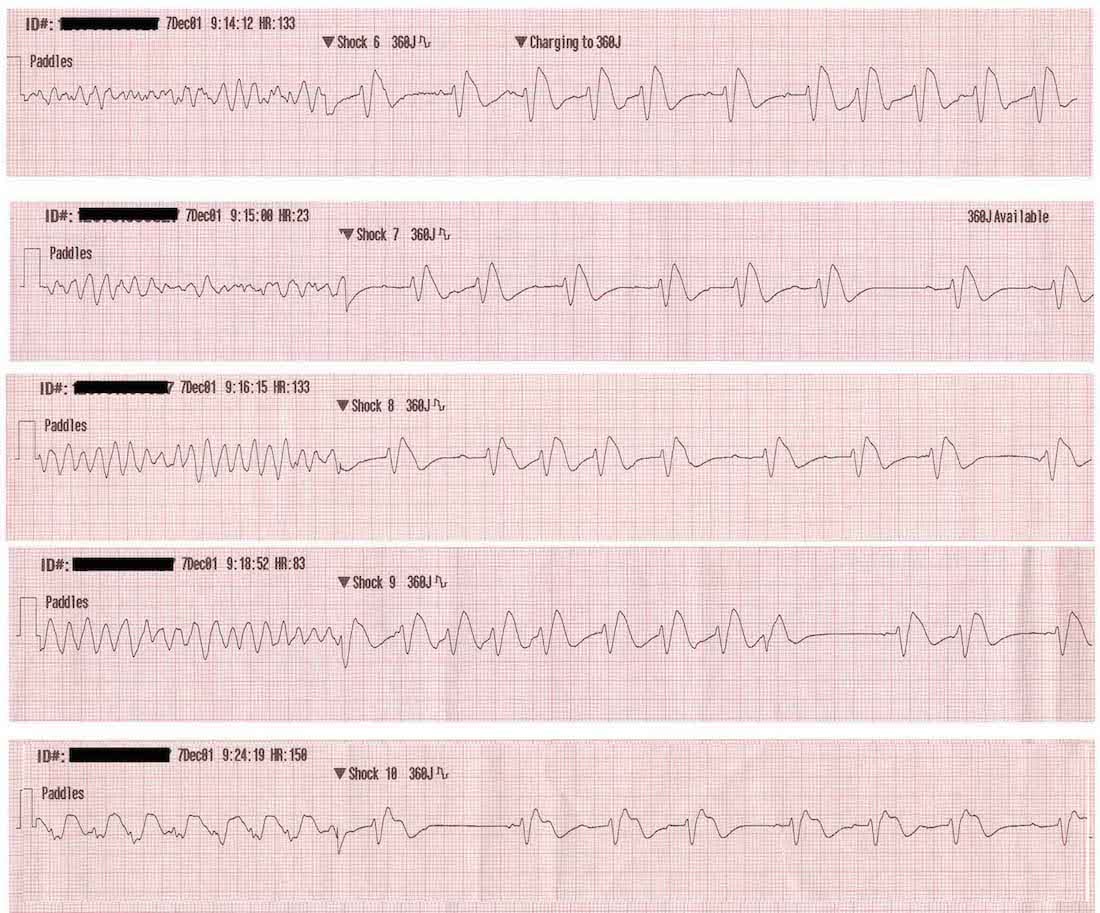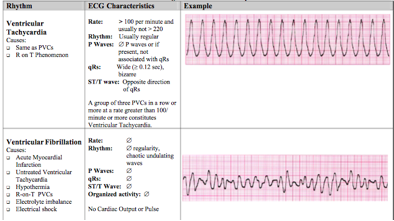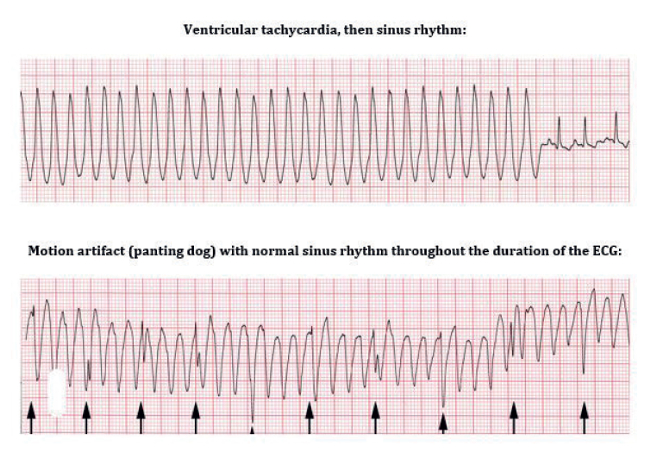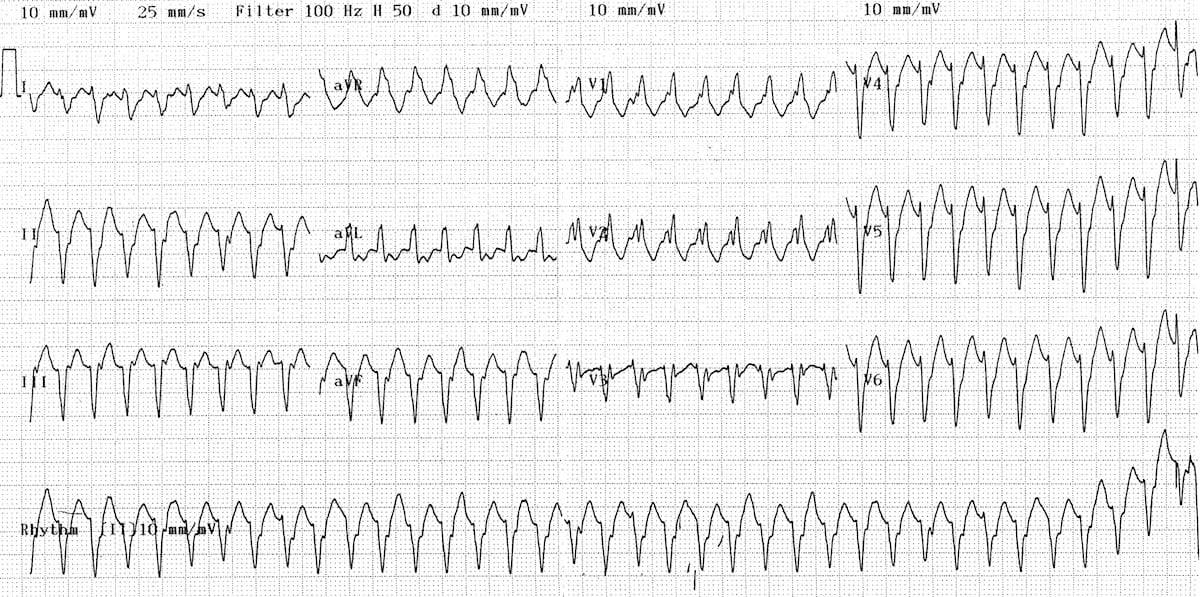V Fib Ecg Vs V Tach

A dangerous condition related to ventricular tachycardia is ventricular fibrillation v fib.
V fib ecg vs v tach. Afib also is referred to as supraventricular tachycardia because the problem occurs above the ventricles in afib the abnormal heart rhythm is due to irregular electrical activity in the upper chambers of the heart muscles the atria mainly the right atrium usually it results in a fast and irregular heartbeat. Coronary catheterization angiogram cardiac computerized tomography ct magnetic resonance imaging mri summary of v tach and v fib. Although there is a broad complex tachycardia hr 100 qrs 120 the appearance in v1 is more suggestive of svt with aberrancy given that the the complexes are not that broad 160 ms and the right rabbit ear is taller than the left. V fib is always pulseless unless the person has a ventricular assist device then.
They are atrial tachycardia monofocal or multifocal atrial fibrillation atrial flutter atrioventricular nodal re entry tachycardia atrioventricular re entry. V fib and v tach can be life threatening especially v fib. When it occurs the coordinated contraction of the ventricles is replaced rapid chaotic electrical signals. Ventricular tachycardia vs ventricular fibrillation arrhythmia means irregular cardiac rhythm and slow arrhythmias are called bradyarrhythmias and fast ones are called tachyarrhythmias there are various types of arrhythmias.
A wide complex tachycardia that is irregular may be atrial fibrillation. Sometimes this rhythm may occur as a. Is when multiple cardiac pacemaker cells in the ventricles are firing simultaneously in a disorganized manner thus there is no organized contraction of the ventricles which in turn leads to ineffective contraction of the ventricle and lack of adequate circulation to the body. The real difference with these rhythms and other types of tachycardia s such as a tach a fib svts is that the electrical pulse is coming from your ventricles as opposed to the atria.
Generally speeds are over 200 bpms but v tach can be slower sometimes even as slow as 120 bpm. It is a frequent cause of sudden cardiac death. As a result the heart cannot pump blood. However on closer inspection there are signs of av dissociation with superimposed p waves visible in v1.
Ventricular fibrillation vfib electrocardiogram ecg blood tests. The points of difference between ventricular tachycardia and ventricular fibrillation. A wide complex tachycardia that is regular could be vtach svt with aberrancy pre excited tachycardia or a v paced rhythm.

















